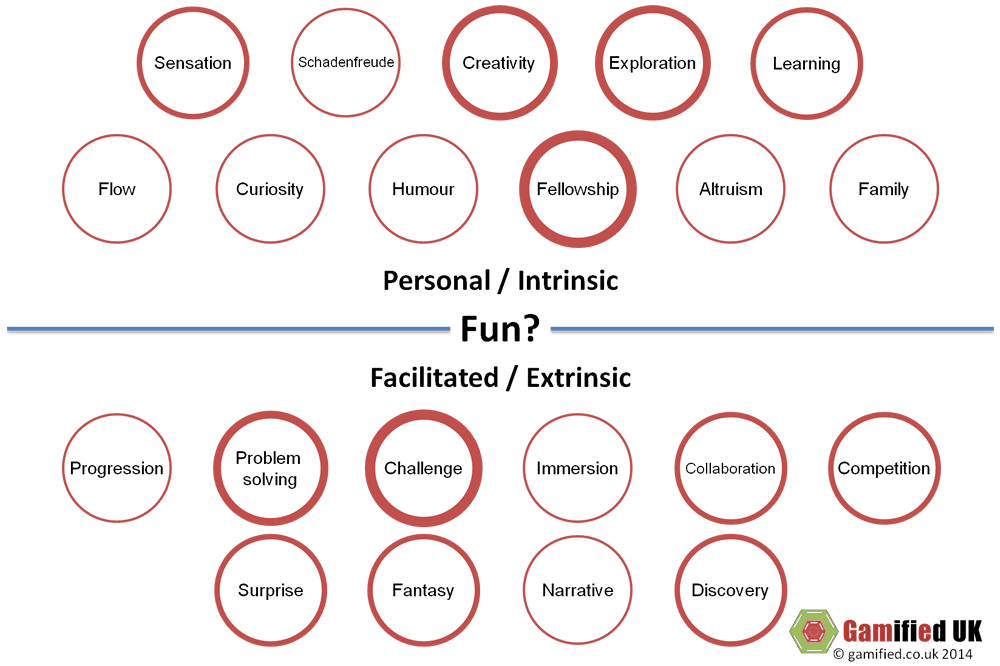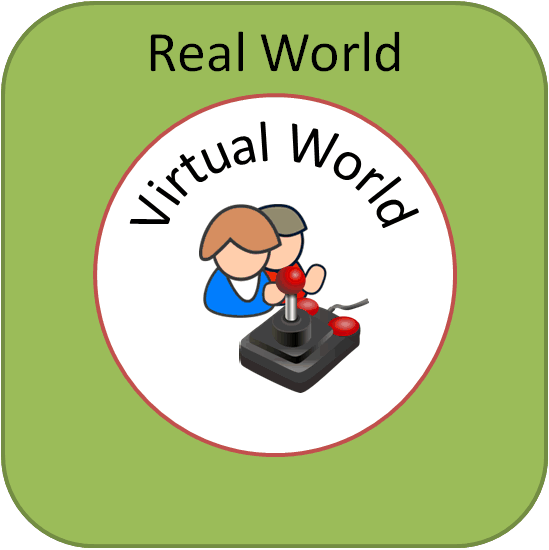UPDATED 27/08/2014
After a few more responses, I have realised I missed off Learning as a type of fun!!!
As many of you will have seen by now, I am running a short survey on what people find fun. So far I have had 155 results, for which I am truly grateful! Of course, I need more – so tell your friends, I am missing any answers at all from the 17 or younger age group!
However, I thought it would be fun to share some of the findings so far, show those of you that have answered so far that there is something happening with your answers. I have been categorising the answers into various types of fun, creating new types as I find answers that don’t fit into those I already have. So far this has given me 21 types of fun. Part of this process is to get your feedback on the types I have so far – are they all separate for example, or can I group a few. Also, can I group them generally beyond what I have already. I really need your feedback to help this process!





